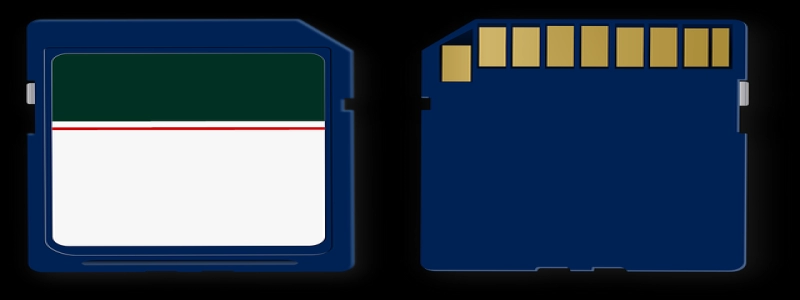When a Collision Occurs on a Shared Ethernet Network
Introduction:
A shared Ethernet network is a common type of network infrastructure where multiple devices are connected to the same medium to communicate and exchange data. However, in such networks, collisions may occur when two or more devices attempt to transmit data simultaneously. This article aims to provide a detailed explanation of what happens when a collision occurs on a shared Ethernet network and how it affects network performance.
I. Definition of a Collision:
A collision in a shared Ethernet network happens when two or more devices transmit data at the same time, causing a corruption of the transmitted data. This occurs because all devices on a shared network share the same communication medium, leading to the possibility of multiple devices attempting to transmit simultaneously.
II. Collision Detection and Backoff Mechanisms:
To minimize collisions, shared Ethernet networks utilize collision detection and backoff mechanisms. When a device detects a collision, it sends a jamming signal to notify all other devices on the network. After detecting a collision, each device enters a \”backoff\” phase where they wait for a random amount of time before reattempting the transmission. This randomization reduces the chances of another collision occurring.
III. Impact on Network Performance:
Collisions on a shared Ethernet network can significantly impact network performance. When a collision occurs, the devices involved in the collision stop transmission and enter the backoff phase. This results in a waste of network bandwidth as the medium is occupied by devices that cannot transmit data. Additionally, collisions increase the likelihood of subsequent collisions, leading to further degradation of network performance.
IV. Solutions to Reduce Collisions:
To reduce collisions on a shared Ethernet network, several strategies can be implemented. One common solution is to segment the network by using network switches instead of hubs. Switches create separate collision domains, allowing devices to communicate without the risk of collisions. Additionally, implementing a higher-speed network infrastructure such as Fast Ethernet or Gigabit Ethernet reduces the chances of collisions due to the higher data transmission rates.
V. Conclusion:
In summary, collisions can occur on a shared Ethernet network when multiple devices attempt to transmit data simultaneously. These collisions negatively impact network performance by wasting bandwidth and potentially leading to subsequent collisions. However, by implementing collision detection and backoff mechanisms, along with segmenting the network and using higher-speed infrastructure, collisions can be minimized, leading to improved network performance and efficiency on shared Ethernet networks.








